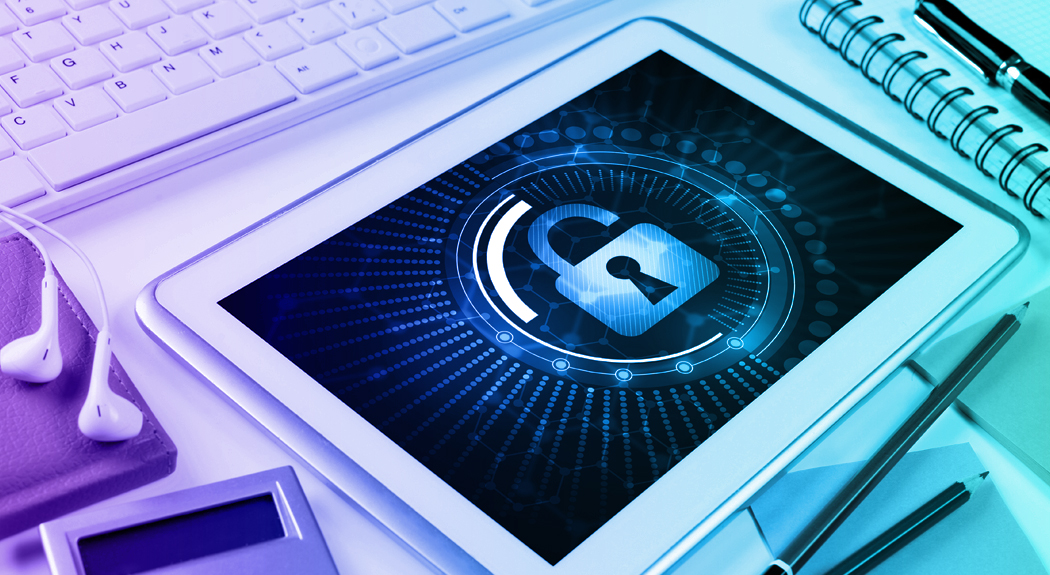I am aware of what I need to do if my phone gets hacked.
Educating Students on Malwares and Viruses

What are malware and viruses?
Malware or “Malicious Software” is a term used to refer to any type of harmful code or software, with an intention to make harm, steal data, or even disturb users’ operations by deteriorating the device’s performance or even compromising and taking control over the targeted device.
The term Malware by itself does not categorize the type of malicious code used to infect and compromise the devices, rather it’s used as a general word to flag the software or the application carrying the malicious code. The term Malware, interchange frequently with the term Virus, which is one type of a long list of Malicious software.
Computer Virus is very similar to the human’s virus, it spreads using the same methods. hence a virus attaches itself to other programs or files and can be transmitted to another computer by these infected files, either if they are sent by email or transferred using a different medium such as a USB flash drive or external hard disk.
Besides, most of the viruses require human aid to run and infect the devices, hence, students being aware of the type of malware, their roles, activities, and behaviors, is essential, in addition to having the right tools installed on the devices, such as an updated and reputable Antivirus.
Examples of a computer virus:
- The worm is a sub-class of the virus and it is similar by design; Different than the Virus the Worm has the capability to execute, replicate itself, travel through the network, and infect hundred and millions of computers without any assistance, the worm “Slammer in 2003 infected around 9 Million computers”. Activating computer's firewall, email filtering, and setting the right rules and configuration, besides the computer Antivirus, can help in protecting and blocking the worm and decrease its chance of being spread across the network or through emails.
A device infected by a Worm shows a degradation in the network and connectivity performance. In addition to the decrease in the device’s performance such as processing capacities and slowness in accessing applications and internet browsing which is a well know behavior to most types of malware.
- Trojan, is not a virus by itself, but it can be loaded and helps in hiding any type of Malicious software by showing it as a legitimate file or application. Once the Trojan is activated by the user, it uncovers the hidden destructive programs and infect, damage, or compromise the device.
- Spyware, a program installed without the users' permission with an intention to collect information about the user, computer, and browsing habits, and have the ability to track users activities and share them with external parties, another less harmful program is the adware with an intention to track and share users details and behavior for marketing and targeted ads.
How does malware infect students’ computers and digital devices?
Nowadays, being connected to the internet is essential, and with the high level of online engagement using collaboration tools (Microsoft Teams), data sharing such as OneDrive, Dropbox, Google drive... in addition to the accessibility to a mass store of online applications, where it hosts millions of harmful applications such as spyware, adware, trojans, that can be downloaded intentionally while searching for a certain application, without neglecting the students' curiosity, on looking and browsing the internet for challenges, cracked software’s and inappropriate content.
All these activities come with malware threats, as having your colleague’s digital device infect, puts you at risk, especially if you are connected using the same network (the school or universities network), share files, or exchange emails. Therefore, being vigilant when browsing the internet while looking and searching for new types of content to perform academic research, downloading, and installing an application, sharing documents, and opening email attachments is highly needed. In addition to having all security tools, from antivirus, firewall, SPAM filters operational, and UpToDate.
How students can get rid of or fix their computers and digital devices once infected?
- Having your digital device infected with malware can be catastrophic, and this depends on the level of awareness, precaution, and applied best practices.
- It also depends on the type and severity of the malware your digital device got hit with.
- Getting rid of malware is a bit tricky, time-consuming, requires knowledge, patience, and expertise, as there is plenty of steps that need to be taken as seen required.
- Disconnecting your device from the internet and network, to stop any activity and to block the malware from being spread to other devices.
- Run a full antivirus scan.
- Monitor your computer performance and identify the application consuming the resource, such as Processing and Memory resources.
- Check event logs and registry records for any changes and logs, such as login from a different computer IP address, or from a known application that is installed.
- Find the “restore points” that are active on your computer to be able to go back to the last good working configuration, in case the computer got infected or stopped working due to any harmful application. Check here on how you can do it on Windows.
- Back-up your data.
- Format/ set your device to factory default settings.
Besides that, new malware are been created on a daily basis where a special approach and research should be taken to identify, quarantine, and take the appropriate measure to get rid of, therefore and in many cases to fix and get rid of malware requires an expert person, especially if your device is been heavily infected. And which in some cases setting it to factory default or format the device is the only option that guarantees that your device is totally free of malware and its residues.
How can I educate my students on the dangers of viruses and malware?
Educating the students or any other person on the danger of malware, forms categories the way they are transmitted, and where we can encounter them, is very important, besides the technical skills and awareness, that you should equip them with to better maintain their digital devices safe and secure, by setting up the right tools.
Therefore, you as an instructor should lead and act as a role model, especially when you are asking your student to connect to the internet to perform academic research or collaborate, hence:
- Provide clean correct and reputable sites, which they can use to get the needed information.
- Give them some hints and tips on how to perform the right search and how to identify harmful links.
- Advise on any harmful site you have encountered while doing your own research,
- Ask them to limit the usage of USB flash drives and replace it with cloud safe storage.
- Ask them to perform regular antivirus scans and software updates.
- Explain to them about the harm of losing their data such as photos, or even losing their device due to hardware damaged because of a certain virus.
- Share with them awareness and tips on newly discovered or released malware.
By the end and from an expert point of view, I do recommend, and especially for the academic institutions to add to their schedule a cybersecurity session to educate their students and educators on how to deal, react and prevent such and different incidents from taking place. Especially due to the new form of education that is taking place and depends on remote and online presence, with excessive use of the internet, hence no one should be left behind without the knowledge and capacities on how to deal with online threats staring from malware to Cyberbullying, and identity theft.
Therefore, investing only in technology to protect our students, educators, academic institution and ourself is not enough as most of the incidents happen due to human mistakes, negligence or ignorance, hence building our digital knowledge and capacities to act as a human firewall is the right thing to do.
@2x.png)


















